Stainless steel pans are a popular choice for cooking as they are durable and versatile. However, despite their many benefits, food can often become stuck on the surface, leaving you with a mess. Learn how to clean stainless steel pans and keep your favorite cookware at its best.

Here are tips and tricks on effectively cleaning your stainless steel pan and restoring it to its shiny, clean state. You don’t want to miss out on sparkling clean pans!
How to Clean Stainless Steel Pans
If your pan has a lot of stuck-on food, soak it in warm, soapy water for 10 to 15 minutes before cleaning. This will help loosen any stubborn food particles. For burnt-on food, fill the pan with hot water and a small amount of dish soap and let it sit for a few hours or overnight before scrubbing.
Like you would do when cleaning a cast iron skillet, use a soft sponge or cloth with warm water and mild dish soap to gently scrub the stainless steel pan.
For tougher stains, use a paste made of baking soda and water. Apply the paste to the affected area and let it sit for a few minutes before scrubbing with a soft sponge or cloth.
“I have found that using baking soda is the best way to clean off burnt spots on my pans. Plus, it doesn’t scratch like steel wool can.”
— Leah Ingram, Real Sophisticated Consumer
Making and Using a Baking Soda Paste
- Mix baking soda and water: Mix baking soda and water in a small bowl to create a thick paste.
- Apply the paste to the pan: Use a soft cloth or sponge to apply the baking soda paste to the surface of the pan.
- Scrub gently: Use a non-abrasive scrubbing pad or sponge to gently scrub the pan’s surface, focusing on any areas with stains or discolorations.
- Rinse and dry: Rinse the pan thoroughly with warm water and dry it with a soft cloth or towel.
If you don’t have baking soda on hand, you can try cream of tartar. Cream of tartar is a mild acid, also known as potassium bitartrate, which can also help to remove stains and discolorations from the surface of stainless steel. To use cream of tartar to clean your stainless steel pan, follow the baking soda instructions above, but substitute cream of tartar for baking soda.
After washing, dry the pan thoroughly to prevent water spots or rust from forming.
Stainless Steel Pan Discoloration
If your stainless steel pan develops a rainbow-like pattern on its surface, this is often due to overheating. To remove the discoloration, try another round of cleaning with your baking soda paste, a mixture of vinegar and water or commercial stainless steel cleaner, which can be found at most hardware or home improvement stores.
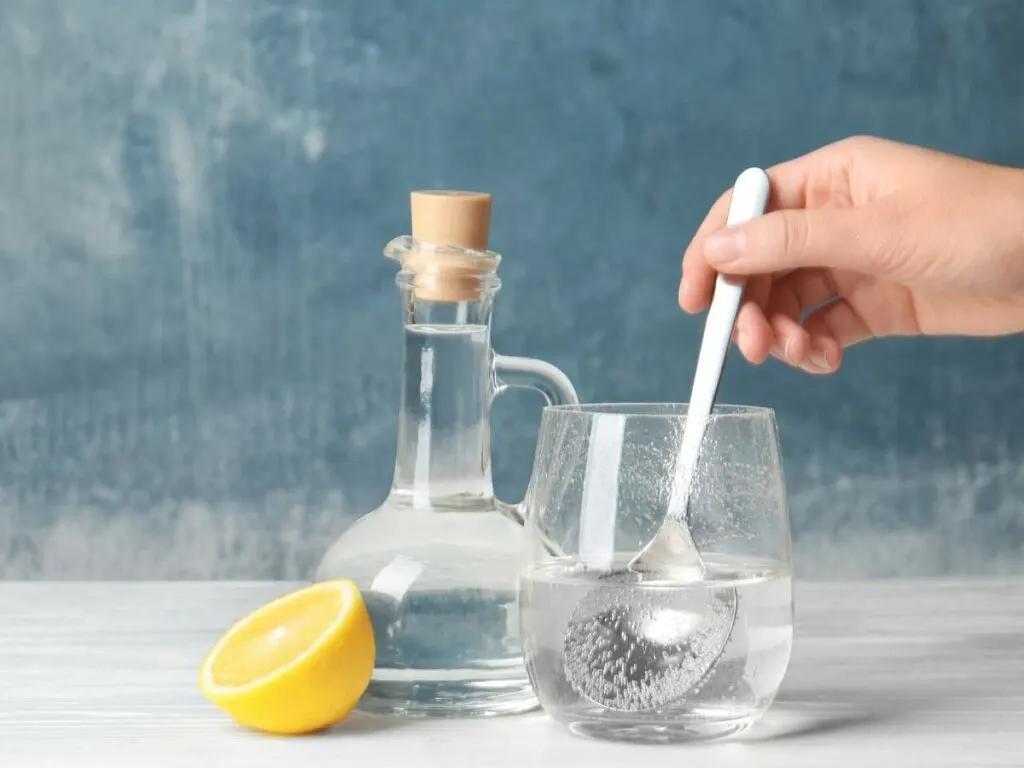
Using Vinegar and Lemon Juice to Clean Stainless Steel Pans
While vinegar and lemon juice can be used to clean stainless steel pans, be cautious when using them. Both are acidic, and prolonged exposure to acid can damage the surface of stainless steel over time.
White Vinegar
Vinegar is an effective natural cleaning agent that you can use around your household. It can even help get rid of maggots in trash cans!
If you use vinegar to clean stainless steel pans, dilute it with water first. Mix equal parts of water and white vinegar in a spray bottle or bowl. Then, spray or apply the solution onto the pan’s surface and use a soft cloth or sponge to clean the pan.
After cleaning with vinegar, rinse the pan thoroughly with water and dry it completely with a soft towel to prevent water spots or discoloration.
Note, though, that using vinegar on stainless steel pans may not be effective in removing tough stains or burnt-on food. In those cases, a stainless steel cleaner or a paste made from baking soda and water are likely better options.
Lemon Juice
Lemon juice is a mild acid that can help to break down burnt-on food and stains on stainless steel. You can combine it with salt as a gentle abrasive, which will help remove any stubborn stuck-on food particles.
“I use lemon juice to clean my stainless steel. The acid picks up stuck-on gunk easily. Cut a lemon in half, then squeeze lemon juice into the pot and sprinkle in a teaspoon or so of salt. Use the lemon half as a sponge of sorts and scrub it in circles on your stainless steel pans. It cleans them to a gorgeous shine. Be sure to rinse it completely once you finish. This works great for copper, too.”
— Michelle Price, Honest and Truly
What Products to Use to Clean Stainless Steel Pans
Use a soft-bristled brush, such as a nylon or silicone brush, to gently scrub the surface of the pan. These brushes are less likely to scratch the surface and can effectively remove food particles or debris without damaging the pan.
It’s also important to note that even with a soft-bristled brush, you should avoid using excessive pressure or scrubbing too vigorously when cleaning stainless steel pans. Be gentle and avoid scratching the surface.
Materials to Avoid When Cleaning Stainless Steel Pans
To keep your stainless steel pans in top condition and prevent damage, it’s important to know what materials to avoid when cleaning them:
- Steel wool: You should avoid using steel wool for cleaning stainless steel pans because it is an abrasive material that can scratch the surface. Stainless steel is a relatively soft metal; even mild abrasives can damage the surface and make it more susceptible to stains and rust. Steel wool can also leave small metal particles on the pan’s surface, which can cause rust and other forms of corrosion over time. Instead of steel wool, it’s best to use non-abrasive materials like a soft sponge or cloth to avoid damaging the surface and maintain the pan’s appearance and durability.
- Cleaning brushes with abrasive bristles: Abrasive bristles, such as those made of steel or hard plastic that you’d use to clean a grill, can scratch the surface of the stainless steel and cause permanent damage.
- Chlorine bleach: Chlorine bleach can discolor and damage stainless steel, so it’s best to avoid using it for cleaning.
- Ammonia: Ammonia is a highly alkaline substance that can cause discoloration and damage to the surface of stainless steel pans.
- Harsh chemicals: Harsh chemicals like oven cleaners, drain cleaners or toilet bowl cleaners can damage the surface of stainless steel pans and cause discoloration or corrosion.
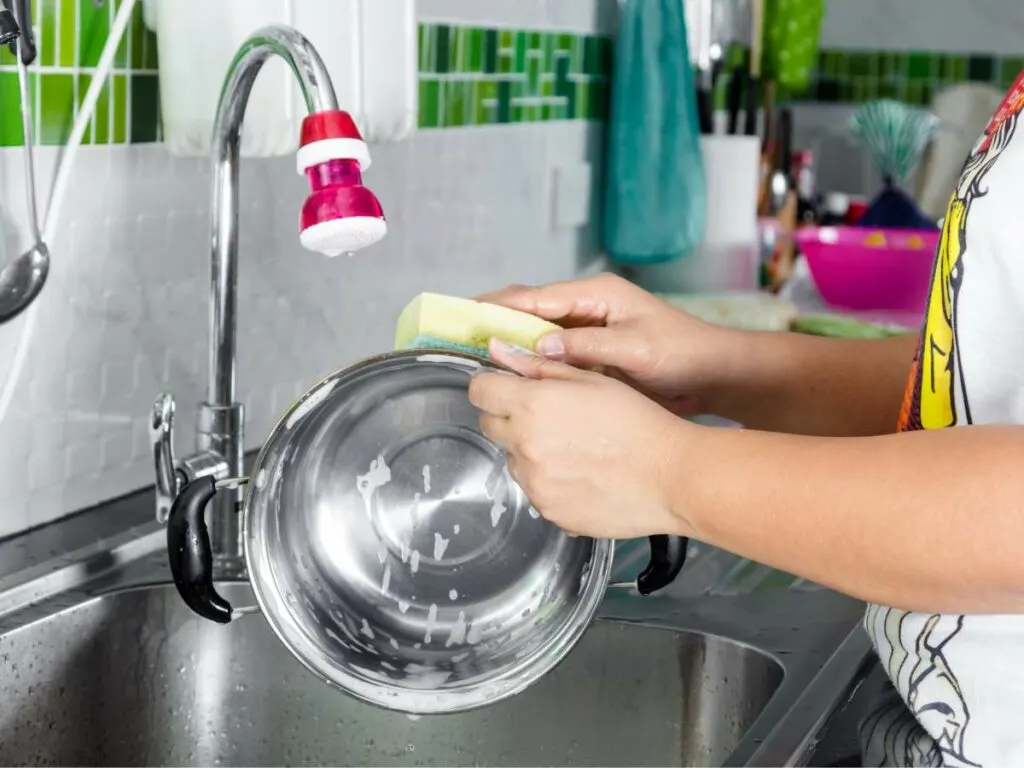
Avoid Scratching the Surface of the Stainless Steel Pan
Scratching the surface of stainless steel pans when cleaning them can make the pan more susceptible to stains and rust, as scratches can create small crevices where dirt and moisture can collect.
Scratches can also provide a breeding ground for bacteria to grow. While stainless steel is generally considered a hygienic material because it resists corrosion and does not react with acidic or alkaline substances, scratches can compromise its ability to resist bacterial growth. Bacteria can get trapped in the scratches, making removing them more difficult and increasing the risk of foodborne illness.
To prevent scratches and maintain the hygienic properties of stainless steel pans, use non-abrasive cleaning tools and materials, such as soft sponges or cloths and mild cleaning agents.
How to Keep Food From Sticking to Make Cleanup Easier
From cooking juicy burgers and chicken with crispy skin to steaming vegetables without a steamer basket, you can do a lot with stainless steel pans Here are tips for how to do it all without ending up with food stuck to the pan.
- Preheat the pan: Before adding any food to the pan, make sure it’s preheated to the correct temperature. This helps to create a nonstick surface and prevent food from sticking.
- Use oil or fat: Adding a small amount of oil or fat, such as oil, butter, or cooking spray, to the pan can create a nonstick surface and help prevent food from sticking. Doing this, like in this recipe for low-carb tuna cakes, yields a crispy outer layer without any burnt-on residue on the pan.
- Don’t overcrowd the pan: Overcrowding the pan with too much food can cause it to cook unevenly and increase the likelihood of sticking. Leave enough space between food items to allow for even cooking and browning.
- Cook on medium heat: Cooking on high heat can cause food to stick to the pan, so it’s best to cook on medium heat instead. This allows the food to cook more evenly and prevents it from sticking to the pan.
- Allow your food to come to room temperature before cooking: Putting cold food on a hot stainless steel pan can cause the food to stick to the surface of the pan. When cold food comes into contact with a hot pan, the rapid temperature change can cause moisture to be released from the food, creating steam between the food and the pan. This steam can cause the food to stick to the pan, making it difficult to remove. Allow the food to come to room temperature before adding it to a hot stainless steel pan to prevent this. This will prevent rapid temperature change and reduce the moisture released from the food.
- Use a well-seasoned pan: A well-seasoned stainless steel pan has a naturally nonstick surface, making it less likely for food to stick. Though it is not necessarily essential to season a stainless steel pan, many chefs choose to do so to form a nonstick surface over time. To season a stainless steel pan, apply a thin layer of oil to the pan’s surface and heat it on the stove. However, it’s important to note that stainless steel pans are not as porous as cast iron or carbon steel pans, so the seasoning will not penetrate the surface of the pan as deeply. As a result, the nonstick properties of a seasoned stainless steel pan may not be as long-lasting as those of a seasoned cast iron or carbon steel pan. Not all stainless steel pans are suitable for seasoning, so it’s best to check with the manufacturer’s recommendations first.
FAQS
Yes, soda is an excellent cleaning agent and is effective at removing burnt oil, water stains, and other buildup from stainless steel. It has a strong acidic nature and contains carbonic, citric, and phosphoric acids that are ideal for removing stubborn stains and dissolving rust.
Simply pour enough cola into your pan to cover burnt areas then bring to a simmer. Remove from heat then use a wooden spatula to scrape away burnt oil or other buildup.
No, leaving baking soda on your pan won’t cause any damage. Unlike most household cleaners, baking soda is a pure and natural product that is gentle, non-toxic, and safe to use for cleaning and soaking kitchen items.
Yes, it’s safe to use salt to get rid of burnt marks from stainless steel pans, but it’s important to add the salt to the pan only after the water starts to boil. Otherwise, it will settle on the bottom of the pan and may leave marks or cause corrosion.
Fill your pan with water and bring to a boil. Once boiling, add a few spoonfuls of salt and turn off the heat immediately. Allow the water to sit for about ten to fifteen minutes, then empty the pan. Use a soft sponge to scrub away burnt marks then rinse and dry thoroughly. Repeat the steps if necessary.
Additionally, you can add the juice of one lime to the mixture – its acidic nature will further break down any marks or buildup.
High-quality stainless steel pans can last for decades if properly cared for. However, you’ll know that it’s time to replace your pan if it has extensive corrosion, pitting, or warpage or if the handle is loose or damaged. If you also notice that your pan’s non-stick coating has started to deteriorate, it’s best to stop using it for cooking and food preparation.
It’s best to hang your pans with sufficient space between each. However, if your space doesn’t permit, you can stack them together, adding a pan/cookware protector, dishcloth, shelf liner, or paper towels between each to avoid scratching their surfaces.
Final thoughts
Knowing how to clean stainless steel pans can seem daunting, but it can be done efficiently and effectively with the right tools and techniques. Remember to avoid harsh abrasives or cleaning products that can scratch or damage the surface of the pan. Instead, opt for gentle cleaning solutions like baking soda, vinegar or lemon juice. Rinse the pan thoroughly with warm water and dry it with a soft cloth or towel to prevent water spots and rust. With regular cleaning and care, your stainless steel pans can last for years.
Portions of this article originally appeared on Food Drink Life.
How to Clean Stainless Steel Pans Using Baking Soda Paste
Equipment
- 1 Small bowl
- 1 Soft cloth or sponge
- 1 Non-abrasive scrubbing pad
Materials
- ½ tablespoon baking soda
- ½ tablespoon water
Instructions
- Mix baking soda and water in a small bowl to create a thick paste.
- Use a soft cloth or sponge to apply the baking soda paste to the surface of the pan.
- Use a non-abrasive scrubbing pad or sponge to gently scrub the pan’s surface, focusing on any areas with stains or discolorations.
- Rinse the pan thoroughly with warm water and dry it with a soft cloth or towel.

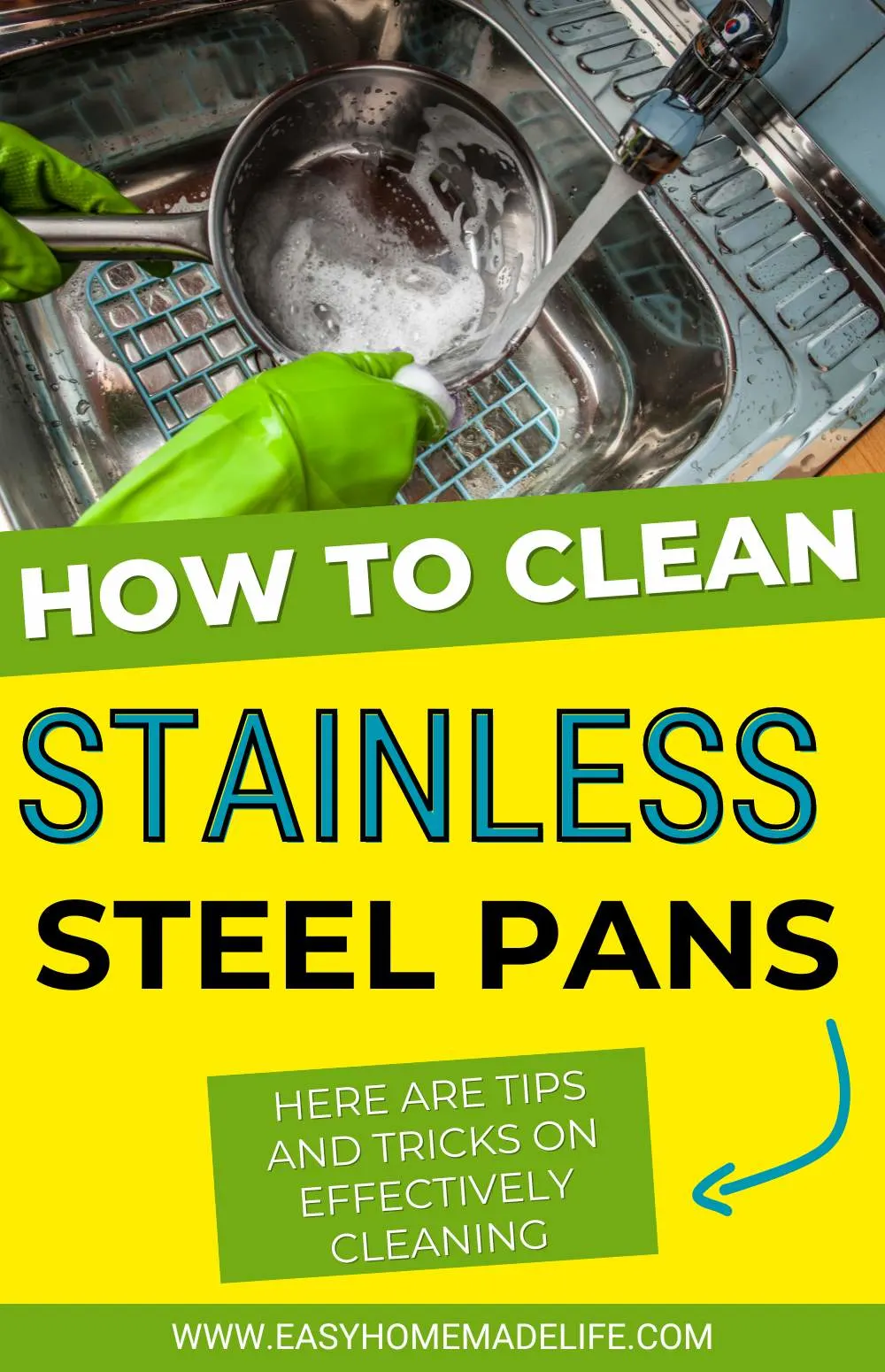
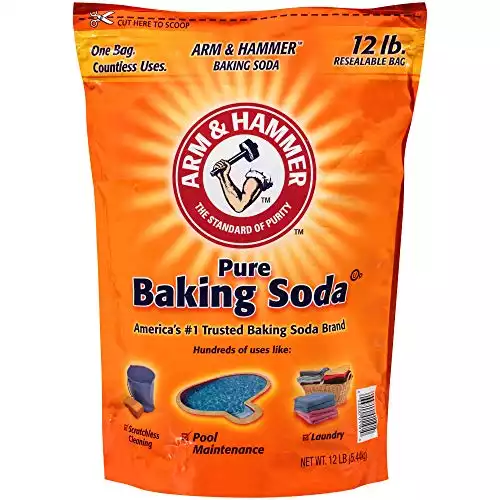
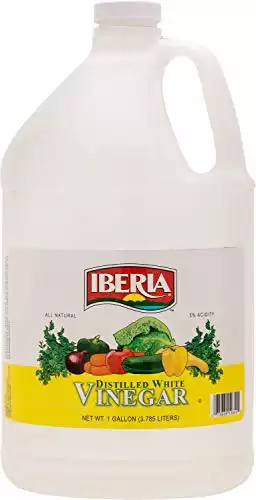
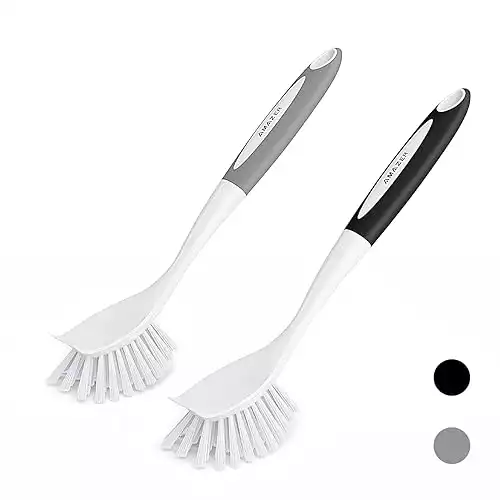

Jaime
Monday 4th of March 2024
I love my stainless cookware, and this finally got the bottoms (on the outside) looking like new. Thanks for the easy tutorial!
Easy Homemade Life
Friday 29th of March 2024
Always happy to help, Jaime! We have a lot of cleaning tutorials that you might also find useful. Thank you for the feedback.
Jilly
Monday 4th of March 2024
I never knew cream of tartar could be used in the same way! I happened to have a huge bag of it left over from a DIY play dough project and gave it a try. My pans haven't looked so good in YEARS.